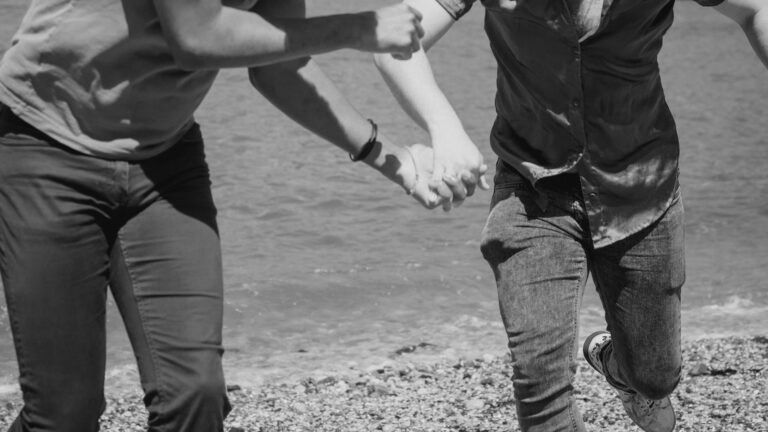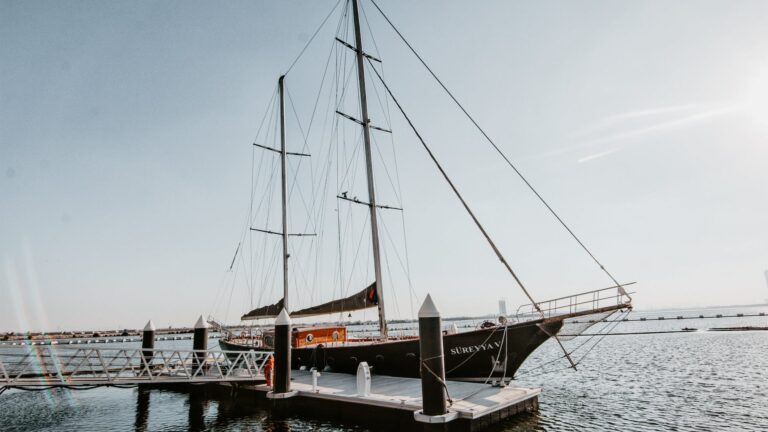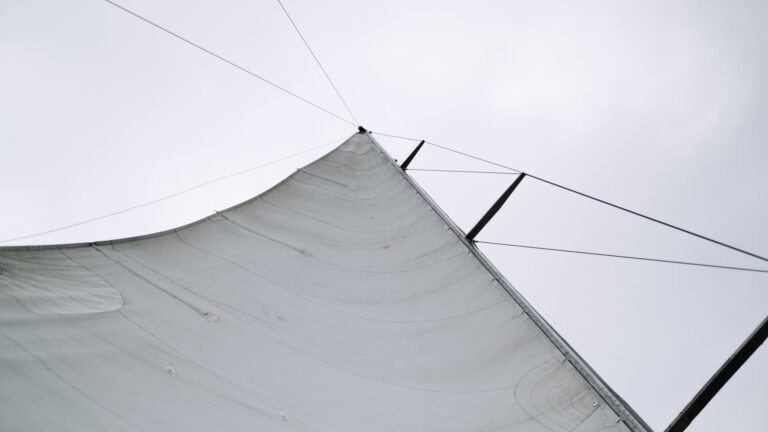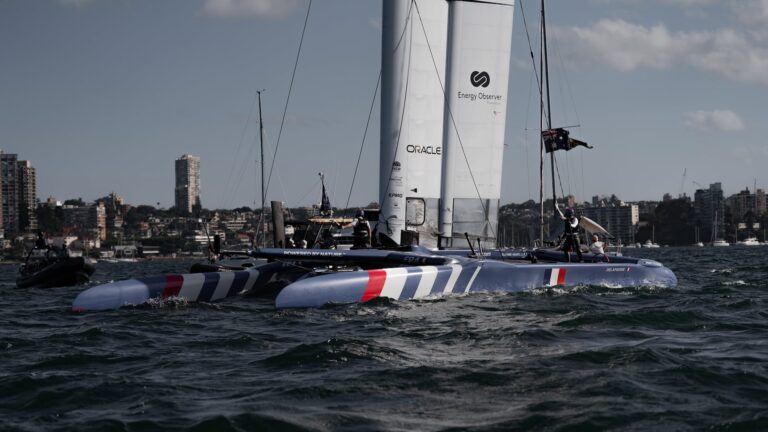Can a girl be a seaman?
Introduction
- Definition of a seaman
- Historically been male dominated
- Women seafarers in cruise and ferries sector
- Working conditions of FOC vessels
Challenges Faced By Women Seamen
- Gender stereotype and pay inequality
- Lack of recognition and career progression
- Harassment and discrimination at sea
- Limited access to training and education opportunities
Steps To Increase Women’s Participation In Sailing
-
Provide equal pay and job security
-
Increase recognition of female sailors in the maritime industry
-
Promote education and training opportunities
-
Enhance safety protocols against harassment and discrimination
-
Encourage mentorship programs for female sailors
-
Create more job opportunities for women in sailing industry
Conclusion
A seaman is someone who works or serves on board a ship, typically as part of the crew or in a specialized capacity such as a navigator, engineer, or medical officer, but anyone can become one with the right training and experience. Historically, sailing has been a male-dominated field with very few women taking up positions aboard ships; however, this is slowly changing as more organizations are recognizing the need for increased female representation in the maritime industry to ensure safety, gender parity, and economic growth. Despite these efforts, there are still numerous challenges that women seafarers face while working at sea due to gender stereotypes, pay inequality, lack of recognition, harassment and discrimination, limited access to training and education opportunities, etc., which must be addressed if we are to move towards greater gender equality in the maritime sector.
## Challenges Faced By Women Seamen
Women seafarers working in the cruise and ferries sector often find themselves in one of the worst paid and least protected jobs at sea; they tend to be younger than their male colleagues and have fewer career progression opportunities available to them due to gender stereotyping that puts them at an immediate disadvantage compared to their male counterparts. Furthermore, female sailors are often overlooked when it comes to promotions or new roles within their organizations due to a lack of recognition of their experience from senior management even though they may be more than qualified for these roles; this can lead to feelings of frustration or even burnout among female seafarers who may feel like they are not being given the same career opportunities as their male counterparts. Additionally, harassment and discrimination at sea can also prove to be an issue for women sailors who may not feel safe enough to report any incidents that occur on board due to fear of repercussions from their superiors or colleagues – this is an issue that needs urgent attention if we are going to make progress towards safer work environments for all sailors regardless of gender identity or sexual orientation. Finally, there is also limited access to training or education opportunities available specifically tailored towards women seafarers as well as limited job postings advertising roles open specifically for females – this creates an uneven playing field from which it can be difficult for aspiring female sailors to break into the industry without sufficient resources available for them to do so .
## Steps To Increase Women’s Participation In Sailing
To ensure greater gender parity within the maritime industry it is essential that we take steps towards providing equal pay and job security regardless of gender identity; this would help eliminate some of the inequalities faced by women seafarers when it comes to financial compensation compared to their male counterparts who often earn more than them even though they may have similar qualifications or experience levels which can create resentment among female sailors who may feel like they aren’t being adequately compensated for their hard work at sea . Additionally increasing recognition of female sailors within organizations by providing them with more leadership roles or promoting them into higher positions would help break down some of the barriers that prevent women from progressing further within their careers as well as create positive role models for young aspiring female seafarers who may be discouraged by a lack thereof . It is also important that we promote educational and training opportunities specifically tailored towards women seafarers so that they have adequate resources available for them if they wish pursue careers in sailing . Furthermore enhancing safety protocols against harassment and discrimination would create safer work environments onboard vessels where all sailors would feel comfortable reporting any incidents without fear of repercussion . Lastly encouraging mentorship programs between experienced female sailors who could provide guidance or advice on how best navigate through some of the obstacles faced by young aspiring females looking into sailing careers would be beneficial both personally as well as professionally .
## Conclusion
It is clear that there are still many challenges facing women seafarers looking into pursuing careers in sailing due to gender stereotypes , pay inequality , lack of recognition , harassment & discrimination , limited access to training & education opportunities etc., however with initiatives such as providing equal pay & job security , increasing recognition , promoting educational & training opportunities , enhancing safety protocols against harassment & discrimination , encouraging mentorship programs etc., we can begin moving towards greater gender parity & equality within the maritime industry allowing more women access into this exciting profession where they can make invaluable contributions & gain invaluable experience while furthering their own personal & professional development .







